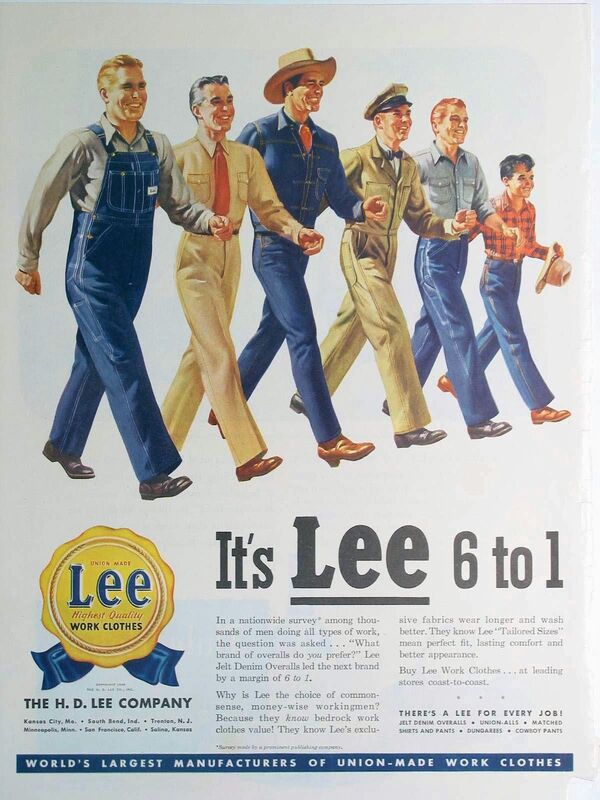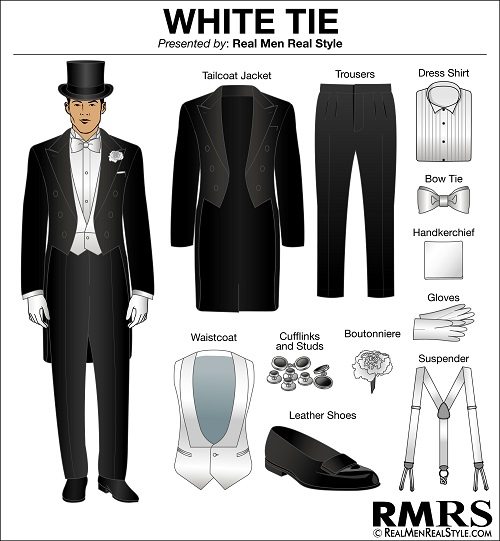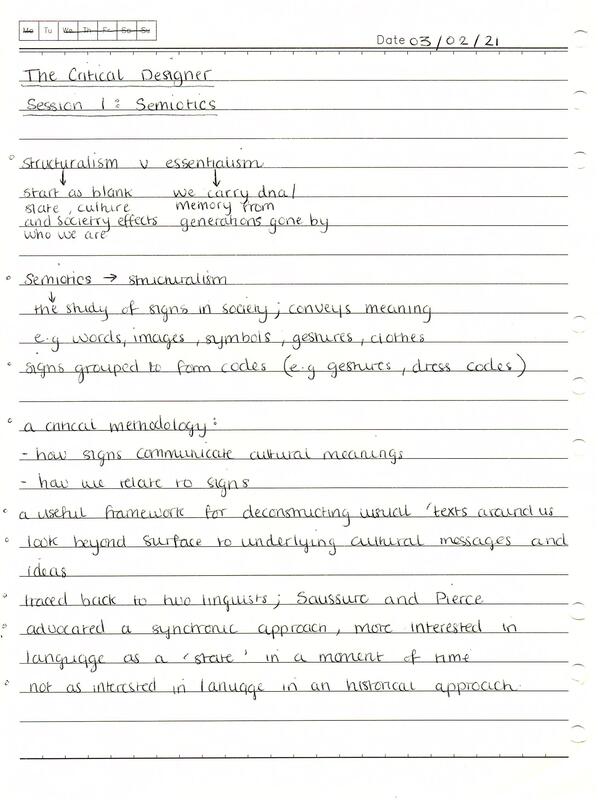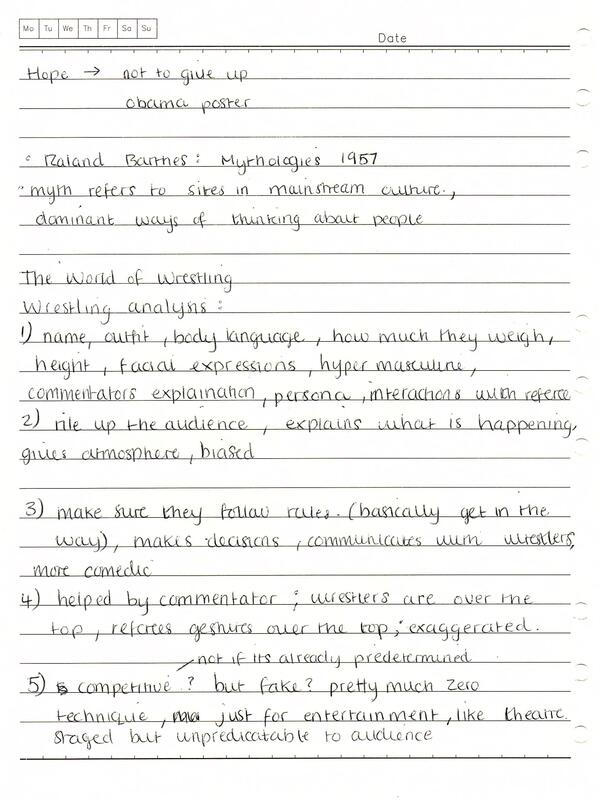|
Structuralism and Semiotics 'Structuralism' refers to the theory that the way we communicate starts as a blank slate and that the culture and society that surrounds us effects who we are. The counter argument to this is the idea of 'essentialism'; we carry it in our DNA and through memories from past generations. Semiotics follows the same concept as structuralism. Semiotics is the study of signs and sign systems in society; anything that conveys meaning is a sign such as words, images, symbols, gestures, clothes etc. Our perception and understanding of reality is constructed by the words and other signs that we use. For example, the word 'children' makes us think of very young people as a group different to adults. However, different social groups around the world at different points in time may have a different distinction between the two, such as age, religion etc. Culture and society decide what the sign means rather than from nature/biology. Therefore, our own sense of identity is dependant on existing signs in society and are only meaningful if they are accepted in a social context. For example, denim jeans used to be considered as work attire, whereas today they are a sign of casual style. A lot of signs are grouped together to form codes, for example certain pieces of clothing can form a dress code (e.g. top hat and tail jacket for formal weddings). Semiotics is a critical methodology, in that it refers to how signs communicate and how we relate to them. It's a useful framework for deconstructing visual texts beyond the surface for underlying cultural messages/ideas. Saussure's' Key Ideas Literary theorist, Roland Barthes, stated that a cultural sign system has 'strong communicative value and is used on a daily basis to negotiate meaning and interact on the basis of that meaning'. This idea can be traced back to two linguists: Ferdinand Saussure and Charles Pierce, both who advocated a synchronic approach to language. Saussure's key ideas related to a passive versus constructive view of language. He proposed that our perception of reality is constructed by words and other signs around us. As a result, language is ideological and carries traces of political thought and cultural ideas. He believed that communication through language is about the exchange of minds and the understanding of signs depended on sharing particular concepts. Language is made up of signs; each word, written or spoken, is a symbolic sign. Signs are arbitrary in that they bear no resemblance to an actual physical appearance or attribute, and they work because of their differences to other signs (e.g. dog versus dig, cat). Every sign has two sides illustrated by the equation: sign = signifier + signified The signifier refers to the physical representation/stimulus and the signified refers to the mental concept/response. For example, d-o-g (initial impulse) + four legged creature (thought in mind) = the sign. Semiotics Terminology The term langue refers to the whole language system such as the system of rules in chess and the term parole is a partial example of speech or writing, such as the particular moves made in a game. For a comment to be meaningful it has to conform to the system of rules (langue) in the English language. A syntagm refers to a complete, ordered sequence of signs (e.g. a sentence, such as 'the dog bites the man). Each sign could also be replaced by another that is related to it and this is called a paradigm; a point of substitution in a sentence (group of signs) which allows for an exchange of a similar sign without changing the overall structure (e.g. my dog smells/pongs/hums etc). Pierce's Key Ideas Visual signs, such as gestures, traffic signs, advertising images etc, can be approached in similar way to linguistic signs. In a photograph of a cat, the signifier is the colour and shape in the picture, and the signified is the concept of a cat. An iconic sign refers to when the signifier resembles the referent (e.g. a photograph of a specific cat); the signifier, signified and referent can be merged together. When a cat meows to gain attention, the sound points to its presence and this is called an indexical sign. We use signs to describe and interpret the world; they label things but also have 'connotations'. For instance, a photograph of Buckingham Place signifies the building itself but also has connotations with royalty, wealth and power, and this comes from our social experiences. This concept is used in TV, advertising, news etc to trigger a range of connotations to a sign that shapes a particular message; a 'myth'. An example of this can be seen in an advert for shoes that includes an image of Buckingham Palace which attaches connotations of wealth. Myth uses existing signs and makes a new sign system out of them through the use of metaphors and metonymy so they play a particular social role. 'The World of Wrestling' From Mythologies In Roland Barthes' 'The World of Wrestling from Mythologies', myth refers to sites in mainstream culture which reflect dominant ways of thinking about people, products or places (cultural norms). They are structured to send messages on cultural stereotypes, and may be ideological.  Barthes' refers to wrestling as a 'spectacle... of excessive gestures'. This idea can be illustrated in the above video of a wrestling match. The role of each wrestler/character is defined and communicated to the audience through their name, appearance and the exaggerated gestures they make, and the obviousness of their roles determines the outcome to the audience - a basic sign. For example, it is a mythological fight between Good and Evil; the 'bad' wrestler being the one in the darker, scruffier attire. The roles are also influenced by the commentators introduction and their interactions with the referee so moral roles are clearly portrayed. The role of the commentator is also to rile up the audience and give atmosphere as well as explain what is happening, usually in a biased way that favours one competitor over the other. The role of the referee is to make sure the wrestlers are following the rules; the 'bastard' accepts the rules 'only when useful to him', giving further signs to the audience to how the fight will play out. Based on these observations, it makes it hard to classify wrestling as a sport as the show is more like theatre; most of the events taking place have been predetermined, even though its unpredictable for the audience. As Barthes put it: 'wrestling is not a sport, it is a spectacle'. Semiotics in Graphic Design Semiotics is used in graphic design all the time, through the creation of visual signs. Designers manipulate visual elements in their work to trigger a response in the viewer. For example, the logo shown was created as a part of a corporate identity for an auto-servicing business. The logo was rejected because it reminded them of the 'deadly sin of gambling'. This represents how his own life experiences influenced his impression of the visual sign. Sources:
Notes:
0 Comments
Leave a Reply. |
AuthorHi, I'm Emma. I'm currently studying Graphic Design at the University of Cumbria. Modules
All
Archives
May 2021
|
Site powered by Weebly. Managed by 34SP.com











 RSS Feed
RSS Feed